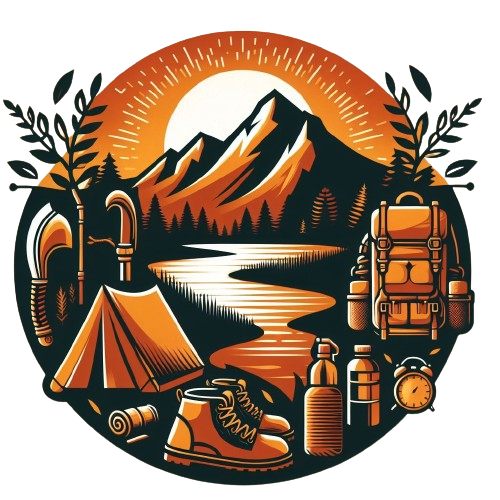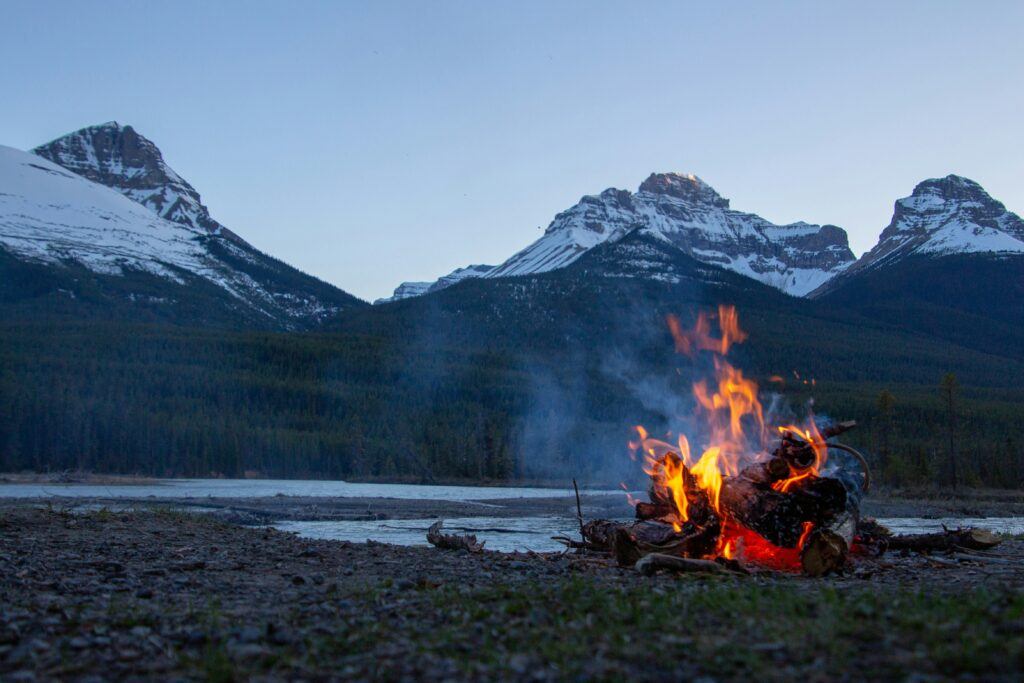Fire has been an essential element for human survival since ancient times. In the wilderness, it serves multiple purposes, from providing warmth and cooking food to signaling for help and keeping wild animals at bay. Understanding the significance of fire in outdoor settings is crucial for any adventurer or survivalist. However, starting a fire in the wild isn’t always as easy as striking a match. It requires knowledge, skill, and the right tools. In this article, we delve into various fire starting methods commonly used in the outdoors and discuss their effectiveness in different scenarios.
Traditional Methods: Flint and Steel
One of the oldest and most reliable methods of starting a fire outdoors is using flint and steel. This traditional technique involves striking a piece of flint against a steel striker to produce sparks that ignite the tinder. While it may seem primitive compared to modern methods, flint and steel have stood the test of time for good reason. They are lightweight, durable, and can work in various weather conditions, making them ideal for survival situations.
When using flint and steel, choosing the right tinder is crucial. Dry, fibrous materials such as birch bark, cotton balls, or char cloth are commonly used to catch the sparks and start the fire. With practice, mastering the technique of flint and steel can become second nature, providing a sense of connection to our ancestors and a valuable skill for outdoor enthusiasts.
Modern Innovations: Ferrocerium Rods

In recent years, ferrocerium rods, also known as fire starters or ferro rods, have gained popularity among outdoor enthusiasts for their simplicity and reliability. Composed of a mix of metals including iron, cerium, and magnesium, these rods produce a shower of hot sparks when scraped with a hard surface, such as a knife blade or striker. Ferrocerium rods are lightweight, waterproof, and can produce sparks even in wet or windy conditions, making them an excellent addition to any survival kit.
One of the advantages of ferro rods is their longevity. Unlike matches or lighters, which can run out of fuel or become damaged, a single ferrocerium rod can last for thousands of strikes, providing a reliable source of ignition in the wilderness. While mastering the technique of using a ferro rod may take some practice, once learned, it becomes a valuable skill that can enhance your outdoor experience and increase your chances of survival in emergency situations.
To get yourself a ferrocerium rod click here
Exploring Additional Fire Starting Techniques
In addition to flint and steel and ferrocerium rods, there are several other fire starting techniques worth exploring:
Solar Ignition:
Harnessing the power of the sun to start a fire may seem like a far-fetched idea, but it’s entirely possible with the right tools. A magnifying glass or a parabolic mirror can focus sunlight into a concentrated beam, generating enough heat to ignite tinder. While this method requires clear skies and direct sunlight, it’s a lightweight and eco-friendly option that can be a lifesaver in survival situations.
Chemical Fire Starters:
Chemical fire starters, such as potassium permanganate and glycerin or cotton balls soaked in petroleum jelly, rely on chemical reactions to generate heat and ignite tinder. While these methods are highly effective, they often require carrying additional supplies and can leave behind residue that may be harmful to the environment if not disposed of properly.
Electrical Ignition:
In recent years, portable electronic devices, such as plasma lighters or electronic fire starters, have become popular alternatives to traditional ignition methods. These devices use electricity to create an arc or spark, which can ignite tinder and start a fire. While they are convenient and easy to use, they rely on battery power and may not be suitable for long-term survival situations where access to electricity is limited.
Evaluating Fire Starting Methods: Factors to Consider
When choosing a fire starting method for your outdoor adventures, several factors should be taken into account:
- Reliability: How dependable is the method in various weather conditions and environments?
- Portability: Is the method lightweight and easy to carry in your backpack or pocket?
- Longevity: Will the method last for multiple uses, or will it need frequent replenishment or replacement?
- Skill Level: How easy is it to master the technique, and how much practice is required to become proficient?
- Versatility: Can the method be used with different types of tinder and firewood?
- Environmental Impact: Does the method produce harmful byproducts or leave a lasting ecological footprint?
Choosing the Right Fire Starting Method for You
With so many fire starting methods available, choosing the right one for your outdoor adventures can be a daunting task. Here are some additional considerations to help you make an informed decision:
Personal Preference:
Ultimately, the best fire starting method for you is the one that you feel most comfortable and confident using. Whether you prefer the simplicity of traditional techniques or the convenience of modern innovations, choose a method that aligns with your skills and preferences.
Redundancy:
In survival situations, redundancy is key. Consider carrying multiple fire starting methods in your kit to ensure that you have backup options in case one fails or becomes lost or damaged.
Practice:
Regardless of which fire starting method you choose, practice is essential. Spend time honing your skills and familiarizing yourself with your chosen method to increase your chances of success in real-world scenarios.
Environmental Impact:
When selecting a fire starting method, consider its environmental impact. Choose methods that produce minimal waste and avoid using materials that may harm the natural ecosystem.
By carefully evaluating your options and considering these factors, you can select the fire starting method that best suits your needs and enhances your outdoor experience. Whether you’re embarking on a weekend camping trip or venturing into the wilderness for an extended expedition, having the ability to start a fire is a fundamental skill that can provide warmth, sustenance, and a sense of security in the great outdoors. So, equip yourself with the knowledge and tools necessary to master the art of fire starting and embrace the adventure that awaits amidst the flickering flames of your campfire.
Here’s a little transparency: Our website contains affiliate links. This means if you click and make a purchase, we may receive a small commission. Don’t worry, there’s no extra cost to you. It’s a simple way you can support our mission to bring you quality content.

